Our Colombia tours explore the country’s stunning natural scenery, ranging from sultry Caribbean beaches and tropical Amazon rainforest to snow-capped Andean peaks.
Colombia is also rich in wildlife, easily observed in the pristine Tayrona National Park, while the country’s warm waters are home to an array of colourful marine life.
Complementing this is the warmth and hospitality of the people and the rich cultural fusion of Spanish, African and indigenous cultures. Visit picturesque cities like Cartagena and Villa de Leyva, tour the beautiful valleys of the Coffee Triangle and discover traditional villages and cloud forests teeming with birds.
Highlights
Colombia
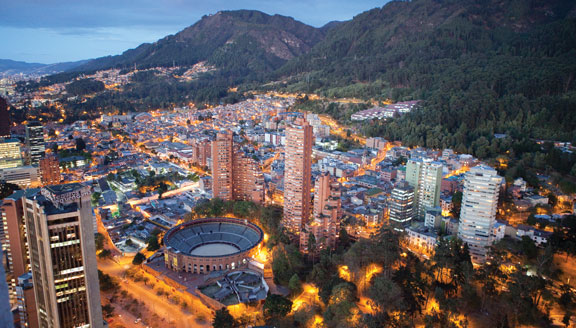
Bogota, Colombia’s Capital
Situated at 2,600m in the central highlands of Colombia, Bogota is a cultural hub reflecting the nation’s multi-cultural populace.
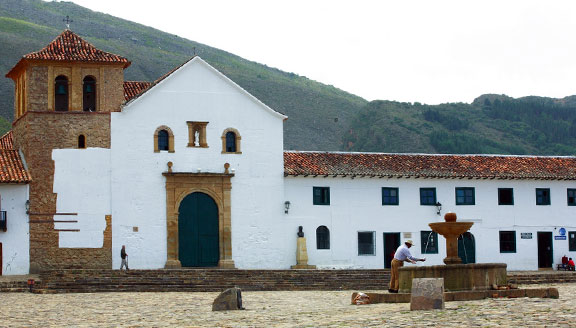
Villa de Leyva
Travel north of Bogota through fertile highlands to visit the impressive Salt Cathedral at Zipaquirá.
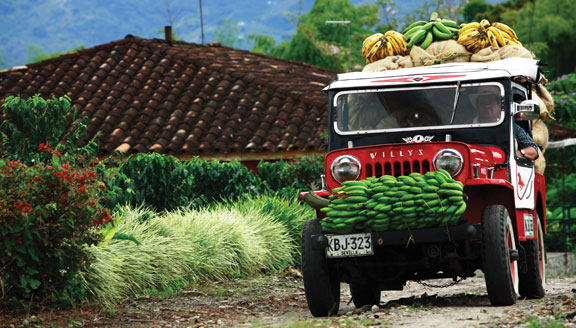
The Coffee Triangle
Heaven for coffee lovers, the Coffee Triangle offers bucolic landscapes of green hills, banana trees, fruit orchards and coffee plantations.
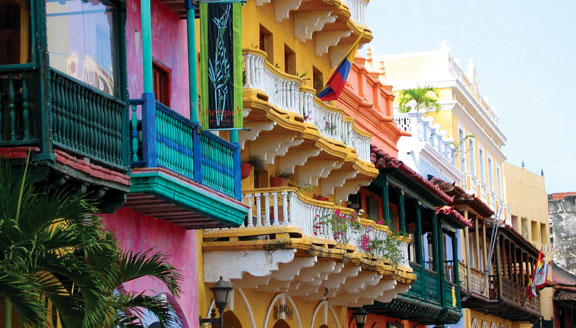
Vibrant Cartagena de Indias
Founded by Spanish Conquistadors in 1533 on the site of an Indian settlement, Cartagena is rich in history.
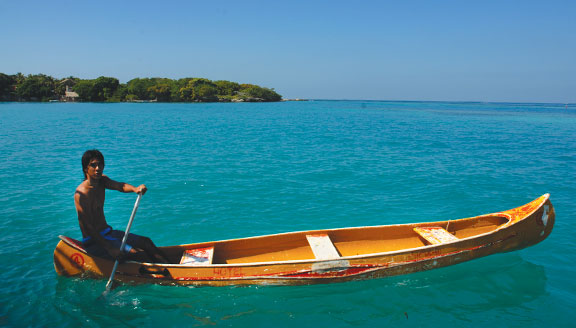
The Archipelago of Islas del Rosario
Take a day trip to the idyllic Rosario Archipelago National Park, a pristine coastal region.
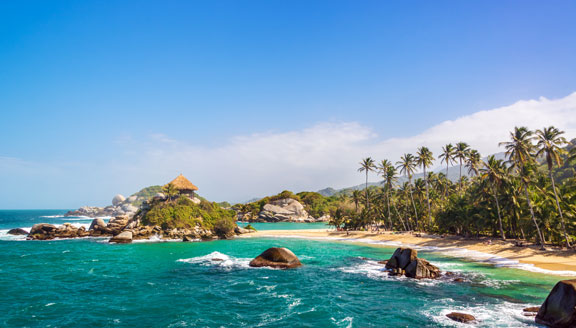
Santa Marta & Tayrona National Park
Discover the natural wonders of the dramatic Patagonian landscape.
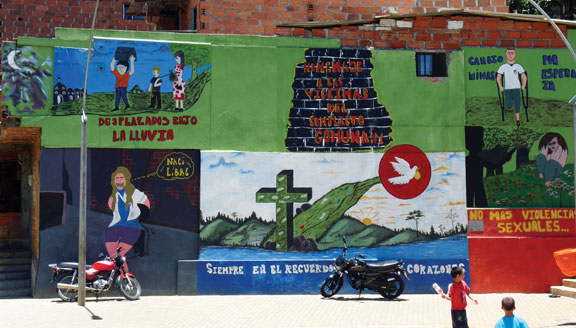
Medellin
Colombia’s second largest city lies in the fertile Aburra Valley in the central Andean highlands.
Colombia Overview
Why Colombia: With its amazingly varied geography, Colombia ranks in the top 3 countries in the world for biodiversity. It is a must-visit for nature lovers and bird watchers. The country also has beautiful beaches, a wealth of historic towns and cities, in particular Cartagena.
When to Go: Apart from the coastal regions, much of Colombia has a wonderfully temperate climate. It can get cool to cold at night in the highlands, particularly Bogota. The best time to visit is during the dry season (Dec-Mar) or in Jul and Aug.
Combine With: Quito and the Galapagos Islands in Ecuador or Peru for its world-famous Incan archaeological sites.
Getting There: The international airport at Bogota receives regular flights from most major cities in South and Central America including Lima in Peru, Quito in Ecuador and Buenos Aires in Argentina.